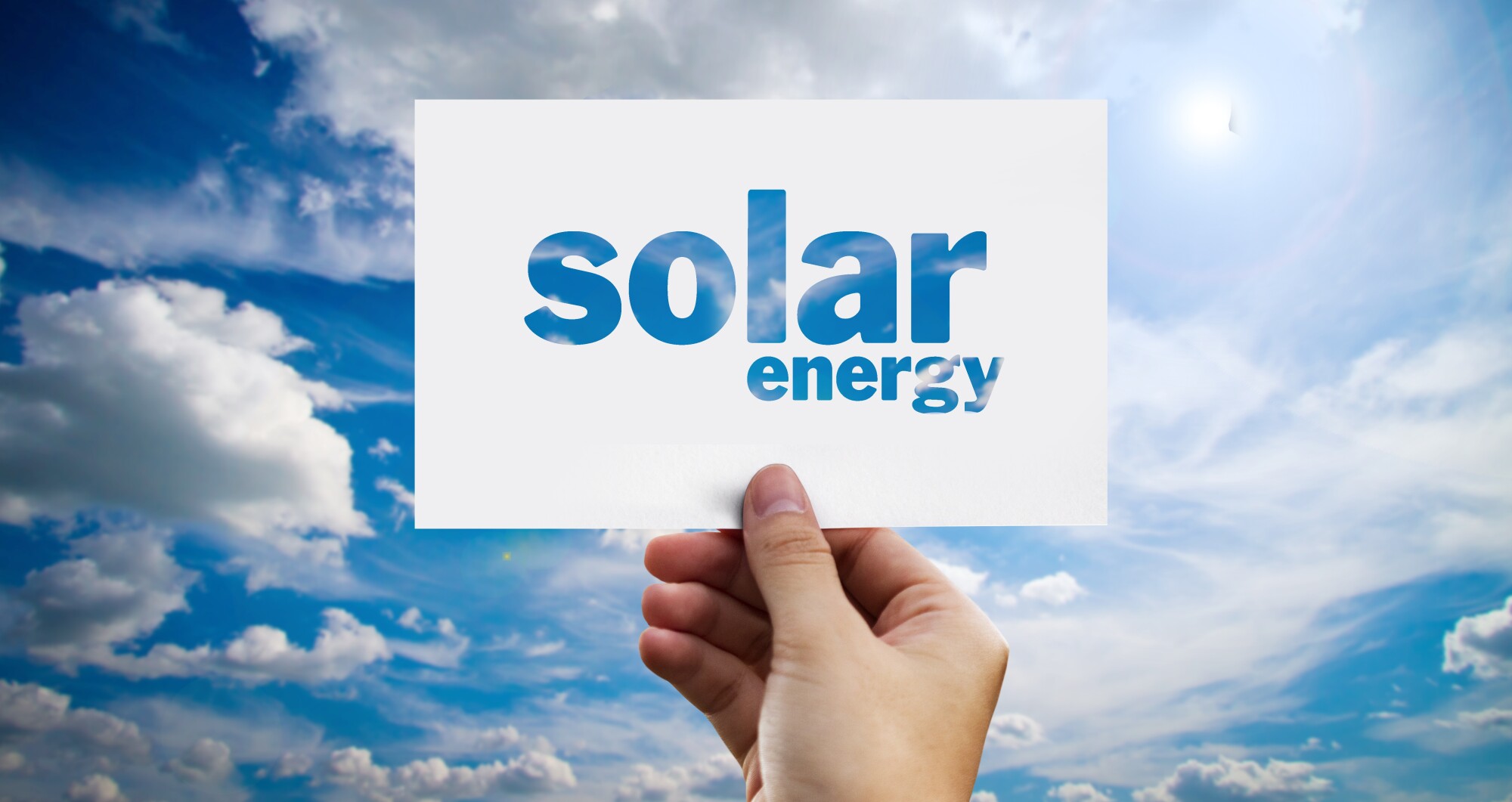 In 2020 solar energy made up 11% of the total renewable energy consumption in the US.
In 2020 solar energy made up 11% of the total renewable energy consumption in the US.
Solar energy (along with other types of renewable energy) is quickly becoming more popular. It’s beneficial for the environment, can help people save money, and is often more reliable than traditional energy sources. This active and passive and passive solar energy guide covers these two main types.
So how does active solar energy differ from passive solar energy? Keep reading to find out.
What Is Solar Energy?
Solar energy is energy generated directly from sunlight. This is typically done with the use of PV (photovoltaic) panels, which convert the energy into electricity.
Solar power is widely used in both residential and commercial applications, and advancements in recent years have made it a much more viable energy solution. Companies like Blue Raven Solar can instill both residential and commercial systems to help people gain energy independence.
How Does Active Solar Energy Differ From Passive Solar Energy?
You might be wondering “what is active solar energy?”. While both active and passive solar energy use sunlight, they work in different ways and can have different applications.
Active Solar Energy
Active solar energy is the type used in solar panels. It’s most commonly used for generating electricity or heating homes. A typical setup has flat solar panels which are placed on roofs.
They can be placed elsewhere, but in most situations, a roof is the most suitable location. These panels capture the suns heat in air (air collectors) or liquid (hydronic collectors) which is stored until it can be transformed into electrical energy.
Liquid is often chosen over air as it’s better at conducting heat and energy. The downside is that it can be susceptible to freezing in cold temperatures, which isn’t an issue when using air.
Passive Solar Energy
While active solar energy requires external components to capture energy from the sun, passive solar energy doesn’t. Instead, it collects heat and generates power through thermodynamics.
Passive solar energy is most effective as a way of heating and cooling homes – especially small ones. The best way to understand how this works is by thinking of a car left parked in the sun. Even on a cold day, the sunlight will heat the car and the air inside.
For a passive solar system, the south-facing side of a building has special windows placed along it. The sun will heat the building and the windows trap the warm air. The heat spreads through the home, gradually heating it evenly.
These systems work well and continue to heat a home even after the sun has gone down. Just note that these aren’t nearly as effective when it’s cloudy.
Which Type Is Better?
You’re no longer wondering “how does active solar energy differ from passive solar energy?” but you might still be unsure which is best for you. It comes down to your situation and your needs.
If you live in a sunny area and want an environmentally friendly way to heat your home, passive solar is a good solution. For a home in an area that gets a lot of cloud cover, it might not be as effective. If you also want to generate electricity for other uses, an active solar energy system is the way to go.
For more technology articles check out some of our other blog posts.
Leave a Reply